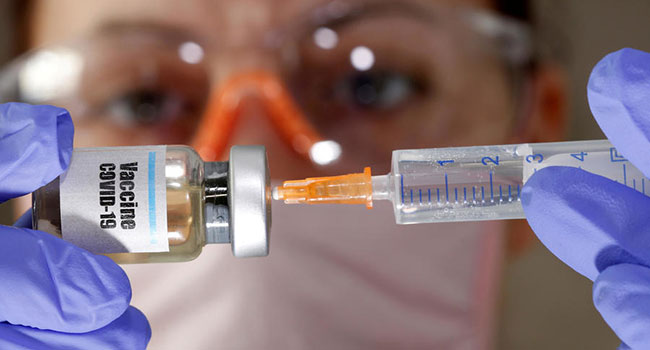
The Real Dark Side of COVID Security
- By Allyn Lynd
- Feb 26, 2021
Over the last few weeks, you have probably seen numerous articles regarding North Korea’s effort to hack Pfizer in what most security experts believe was an effort to manufacture and sell counterfeit COVID vaccines to raise cash and obtain foreign currency. For anyone who has been in the security field, this comes as no surprise.
It has long been a standard tactic for Advanced Persistent Threats (APT) to steal Intellectual Property (IP), and then use it to benefit themselves. In some cases, the APT may be stealing research so that they can compete with their adversaries militarily. It saves them billions, if not trillions of dollars in research and development costs if they can take research an IP developed by defense contractors, research institutions or universities, without having to fund the work themselves. In other cases it can be to raise currency by selling counterfeit copies at discounted prices, funding their intelligence or terrorist activities or just raising cash to pay for needed goods and services.
According to NIST 800-563, an APT “possesses sophisticated levels of expertise and significant resources, which allow it to create opportunities to achieve its objectives by using multiple attack vectors (e.g., cyber, physical, and deception). These objectives typically include establishing and extending footholds within the information technology infrastructure of the targeted organizations for purposes of exfiltrating information …”
While APTs are generally better funded, better equipped, more experienced, more patient, better organized and often have access to state sponsored/hidden exploits and vulnerabilities than the average hacker does, they can be successfully fought. In order to fight the APT, the first thing to understand is that they generally follow the same methodology. After planning and information gathering on the target by the APT, they:
- Gain access to the target’s network (usually via email, credential theft, malicious URLs, or a misconfiguration/vulnerability in an application, device, or service) and installs malware.
- The malware seeks out additional vulnerabilities and network access to exploit or awaits additional instructions from command-and-control to receive additional instructions/ malware.
- The malware generally expands its footprint so that if one point of compromise is closed the APT can continue the attack.
- Attempt to gain target data such as email addresses, account names or passwords that they can leverage to gain access to valuable data.
- Exfiltrate the data.
- Attempt to remove evidence of what they did while leaving compromised points within the network so that they can return and continue to steal valuable information.
The sooner in this cycle the APT is detected, the higher likelihood that contained damage can be limited.
Unfortunately, traditional defense is inadequate to combat the APT. As far back as 1970, the Ware Report from DOD noted that “A combination of hardware, software, communications, physical, personnel and administrative procedural safeguards is required for comprehensive security. In particular, software safeguards alone are not sufficient.”
n order to fight the APT, organizations should do the following:
- Conduct an inventory of assets you want to protect, including prioritizing them.
- Be vigilant in detecting anomalies.
- Educate users and executives about the threat.
- Conduct user and executive education training for email, web use, social engineering, physical security, operational security, and then test users regularly.
- Create and test incident response plans (this should not be limited to just IT, but include HR, Legal, Compliance, Privacy and the Business Units, should include whether or not you will be notifying law enforcement of the loss of IP).
- Implement controls including:
a. Granting least privilege access, logging all access, retaining those logs, and reviewing those logs.
b. Use multifactor authentication and strong passwords across your organization.
c. Implement Privileged Access Monitoring.
- Regularly review logins and access requests.
- Share and ingest threat intelligence.
- Conduct a risk assessment of your third-party ecosystem
- Apply a zero-trust approach to security and when possible apply a white listing approach.
- Use endpoint protection and response.
- Employ next-generation firewalls.
- Employ intrusion prevention systems and intrusion detection systems.
- Conduct regular vulnerability assessments.
- Test patches and updates and then deploy them as soon as possible.
- Minimize non-work related activity while connected to the network.
If your industry or organization has IP or something else that would make it a target of an APT, the amount of security precautions to be taken should be increased. These additional precautions can include adding Data Loss Prevention systems, implementing data destruction policies and controls, implementing encryption at rest and in motion, and conducting PCAP.
Ultimately, detecting and deterring the APT before they ever enter your network is the best defense. As such, your organization should determine whether they want to build those capabilities in house, select a trusted vendor, or adopt a hybrid of those choices. The APT is constantly trying to exploit your weaknesses and will do so given the slightest opportunity. It is therefore incumbent upon your organization to decide on how to address that risk.